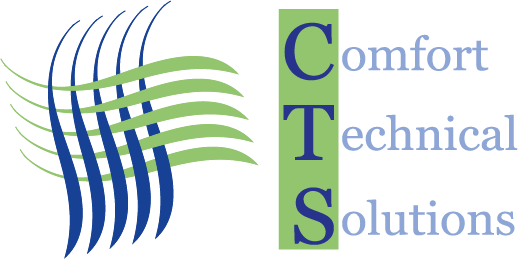Understanding Energy Consumption: Tips to Optimize Your Air Conditioner’s Efficiency
by Harold Achicanoy on Aug 18, 2024

As temperatures rise, so does the need for air conditioning, making energy consumption a major concern for homeowners. Understanding how your air conditioner uses energy and how to optimize its efficiency can lead to significant savings on your electricity bills and reduce your environmental impact. Here’s a guide to help you make the most of your air conditioning system while keeping energy consumption in check.
1. What Determines Energy Consumption?
Several factors influence how much energy your air conditioner consumes:
-
SEER Rating: The Seasonal Energy Efficiency Ratio (SEER) measures your air conditioner’s efficiency. The higher the SEER rating, the more efficiently your unit operates, consuming less energy to cool your home.
-
Size of the Unit: An air conditioner that is too small for your space will overwork itself, consuming more energy. Conversely, an oversized unit will cycle on and off frequently, also leading to inefficiency.
-
Thermostat Settings: Lowering your thermostat by just one degree can increase energy consumption by up to 6%. Setting your thermostat to an optimal temperature (between 20°C and 24°C) is key to balancing comfort and efficiency.
-
Insulation and Home Design: Well-insulated homes retain cool air better, reducing the workload on your air conditioner. Proper insulation, along with energy-efficient windows and doors, can significantly lower your energy consumption.
2. How to Reduce Your Air Conditioner’s Energy Consumption
Reducing energy consumption doesn’t mean sacrificing comfort. Here are some practical tips to optimize your air conditioner’s efficiency:
-
Regular Maintenance: Ensure your air conditioner is running efficiently by scheduling regular maintenance checks. Clean filters, coils, and fins help your system operate at peak performance, reducing energy usage.
-
Upgrade to a Programmable Thermostat: A programmable thermostat allows you to set your air conditioner to run less when you’re not home, automatically adjusting the temperature to save energy.
-
Use Fans to Circulate Air: Ceiling fans or portable fans can help distribute cool air more evenly, allowing you to set your thermostat a few degrees higher without compromising comfort.
-
Close Curtains and Blinds: Blocking out sunlight during the hottest parts of the day can reduce the heat entering your home, easing the load on your air conditioner.
-
Seal Leaks: Check for and seal any leaks around windows, doors, and ductwork to prevent cool air from escaping and warm air from entering.
3. Consider Energy-Efficient Models
If your air conditioner is old, it might be time to consider upgrading to a more energy-efficient model. Modern units with high SEER ratings can significantly reduce energy consumption. Additionally, many newer models come with eco-friendly features such as variable speed compressors and advanced climate control options that allow for more precise cooling.
4. Monitoring Energy Usage
Smart thermostats and energy monitors can provide real-time data on your energy consumption, helping you make informed decisions about your usage. By understanding your patterns, you can identify areas for improvement and further reduce your energy bills.
Conclusion
By understanding the factors that influence your air conditioner’s energy consumption and taking steps to optimize its efficiency, you can enjoy a cool and comfortable home without breaking the bank. Investing in regular maintenance, making small adjustments to your thermostat, and considering an upgrade to a more efficient unit are all ways to keep your energy consumption in check while staying cool during the hot months.





